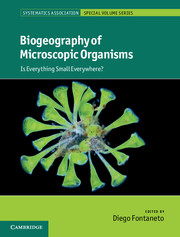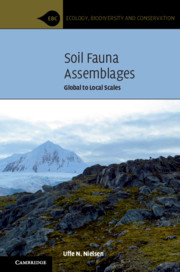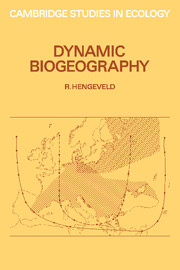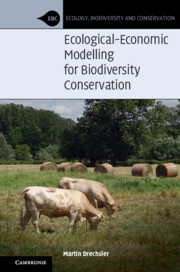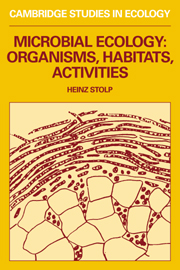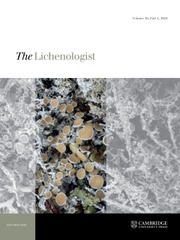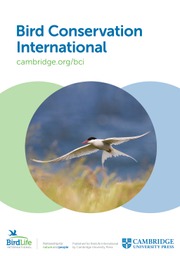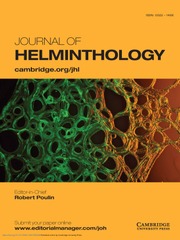Biogeography of Microscopic Organisms
Bringing together the viewpoints of leading experts in taxonomy, ecology and biogeography of different taxa, this book synthesises discussion surrounding the so-called 'everything is everywhere' hypothesis. It addresses the processes that generate spatial patterns of diversity and biogeography in organisms that can potentially be cosmopolitan. The contributors discuss questions such as: are microorganisms (e.g. prokaryotes, protists, algae, yeast and microscopic fungi, plants and animals) really cosmopolitan in their distribution? What are the biological properties that allow such potential distribution? Are there processes that would limit their distribution? Are microorganisms intrinsically different from macroscopic ones? What can microorganisms tell us about the generalities of biogeography? Can they be used for experimental biogeography? Written for graduate students and academic researchers, the book promotes a more complete understanding of the spatial patterns and the general processes in biogeography.
- The first book devoted to the biogeography of microscopic organisms, offering a full analysis of patterns, processes and consequences
- Provides broad coverage of a wide range of groups of organisms, of relevance to specialists from taxonomists to biogeographers and ecologists
- Addresses both empirical and theoretical perspectives, providing stimuli for new avenues of research in experimental biogeography
Reviews & endorsements
'This book is a reservoir of ideas on the biogeography of microorganisms and their potentials and limits compared to macroorganisms. It aids in understanding the spatial patterns and the general processes in biogeography. The writers' passions are obvious and the book is of great interest for anyone interested [in] the topic.' Télesphore Sime-Ngando, L&O Bulletin
'… thorough and readable … helps to move the field beyond the EiE discussion to the many outstanding and varied questions about the distribution of microbial diversity.' Frontiers of Biogeography
Product details
May 2011Hardback
9780521766708
384 pages
253 × 196 × 23 mm
0.96kg
75 b/w illus. 1 colour illus.
Available
Table of Contents
- Preface
- Part I. Theoretical Framework:
- 1. Why biogeography of microorganisms? Diego Fontaneto and Juliet Brodie
- 2. Historical biogeography, microbial endemism and the role of classification: everything is endemic David M. Williams
- Part II. Prokaryotes:
- 3. Biogeography of prokaryotes Donnabella C. Lacap, Maggie C. Y. Lau and Stephen B. Pointing
- 4. Thermophilic bacteria in cool soils: metabolic activity and mechanisms of dispersal Roger Marchant, Ibrahim M. Banat and Andrea Franzetti
- Part III. Unicellular Eukaryotes:
- 5. Dispersal of protists: the role of cysts and human introductions Wilhelm Foissner
- 6. Everything is everywhere: a twenty-first century de-/reconstruction with respect to protists David Bass and Jens Boenigk
- 7. Arcellinida testate amoebae (Arcellinida: Amoebozoa): model of organisms for assessing microbial biogeography Thierry J. Heger, Enrique Lara and Edward A. D. Mitchell
- 8. Everything is not everywhere: the distribution of cactophilic yeast Philip F. Ganter
- Part IV. Pluricellular Eukaryotes:
- 9. Coalescent analyses reveal contrasting patterns of intercontinental gene flow in arctic-alpine and boreal-temperate fungi József Geml
- 10. Biogeography and phylogeography of lichen fungi and their photobiont Silke Werth
- 11. Biogeography of mosses and allies: does size matter? Nagore G. Medina, Isabel Draper and Francisco Lara
- 12. Dispersal limitation or habitat quality – what shapes the distribution ranges of ferns? Hanno Schaefer
- 13. Ubiquity of microscopic animals? Evidence from the morphological approach in species identification Tom Artois, Diego Fontaneto, William D. Hummon, Sandra J. McInnes, M. Antonio Todaro, Martin V. Sørensen and Aldo Zullini
- 14. Molecular approach to micrometazoans: are they here, there and everywhere? Noemi Guil Lopez
- Part V. Processes:
- 15. Microbes as a test of biogeographical principles David G. Jenkins, Kim A. Medley and Rima B. Franklin
- 16. A metacommunity perspective on the phylo- and biogeography of small organisms Luc De Meester
- 17. Geographical variation in the diversity of microbial communities: research directions and prospects for experimental biogeography Joaquin Hortal
- Index.

